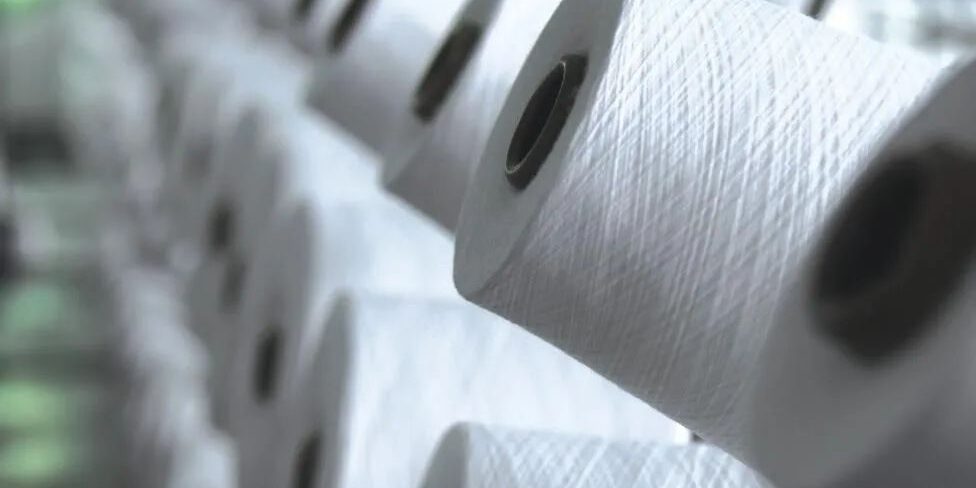Understand the role of textile refining defoaming agents
The textile industry is a large and diverse field, with products used in a wide range of applications including clothing, household items, and industrial materials. During the production of textiles, fibers are refined and finished to enhance their texture and appearance. To ensure the efficient execution of these processes and the output of high-quality finished products, textile refining agents and defoaming agents play an important role in various textile auxiliaries.
Defoaming agents are added to the formulation of textile refining agents mainly to control the generation and stability of foam. In the process of refining and finishing textiles, it is often necessary to use a large amount of water and chemicals, which tend to produce a large amount of foam during the stirring and agitation process. Excessive foam can cause the following problems:
1. Foam hinders the absorption of fibers: Excessive foam will wrap the fibers and prevent the fibers from fully contacting and absorbing the treatment agent. This will reduce the effectiveness of the treatment and affect the quality of the textile.
2. Foam leakage: Excessive foam may overflow the treatment equipment, causing unnecessary waste and clean-up problems.
3. Foam causes uneven dyeing: Foam staying on the surface of textiles will cause uneven dyeing and affect the appearance of textiles.
The role of textile refining agent defoaming agents in production and use
1. Inhibit the generation of foam: During the preparation process of textile refining agent, adding defoaming agent can effectively inhibit the generation of foam. Defoaming agents destroy the foam structure by changing the surface tension of the liquid, making it difficult for the liquid to form foam. This can avoid a large amount of foam during the production process and improve production efficiency.
2. Improve product quality: Excessive foam will affect the processing effect and quality of textiles. The use of defoaming agents can prevent fibers from being wrapped in foam and affect the absorption and effect of treatment agents, allowing textiles to be treated more evenly and improving the softness, gloss and feel of textiles.







